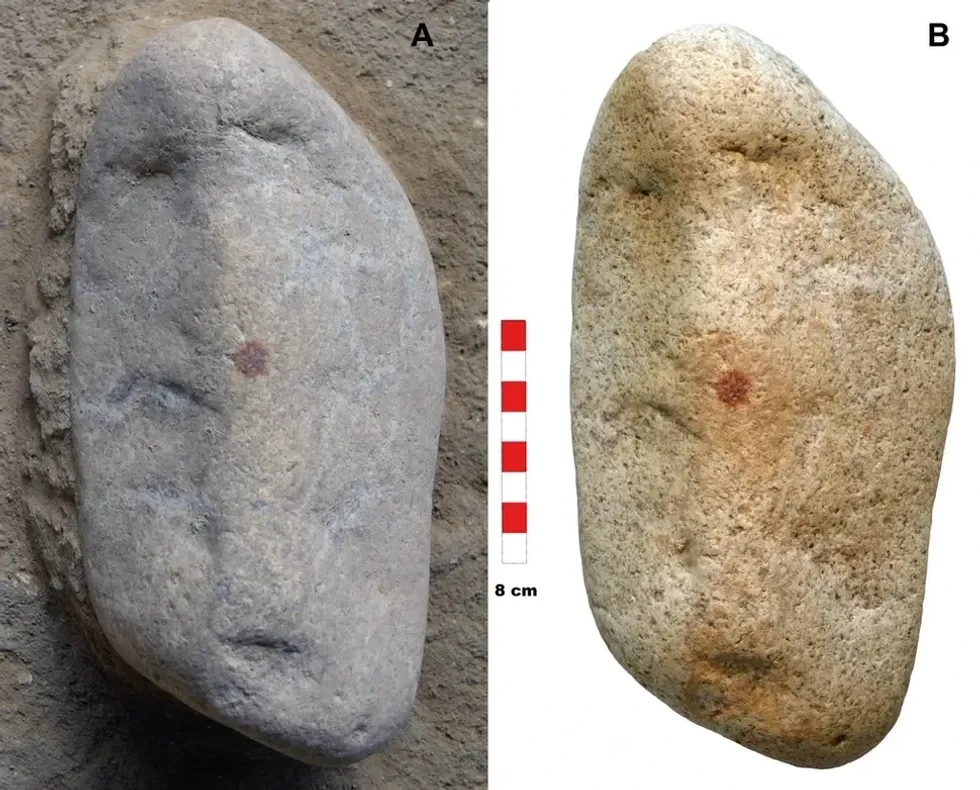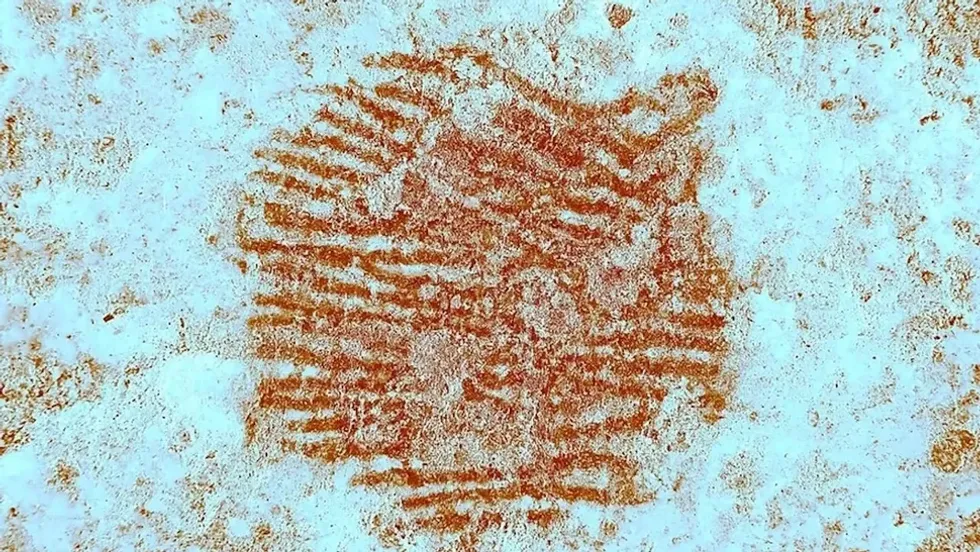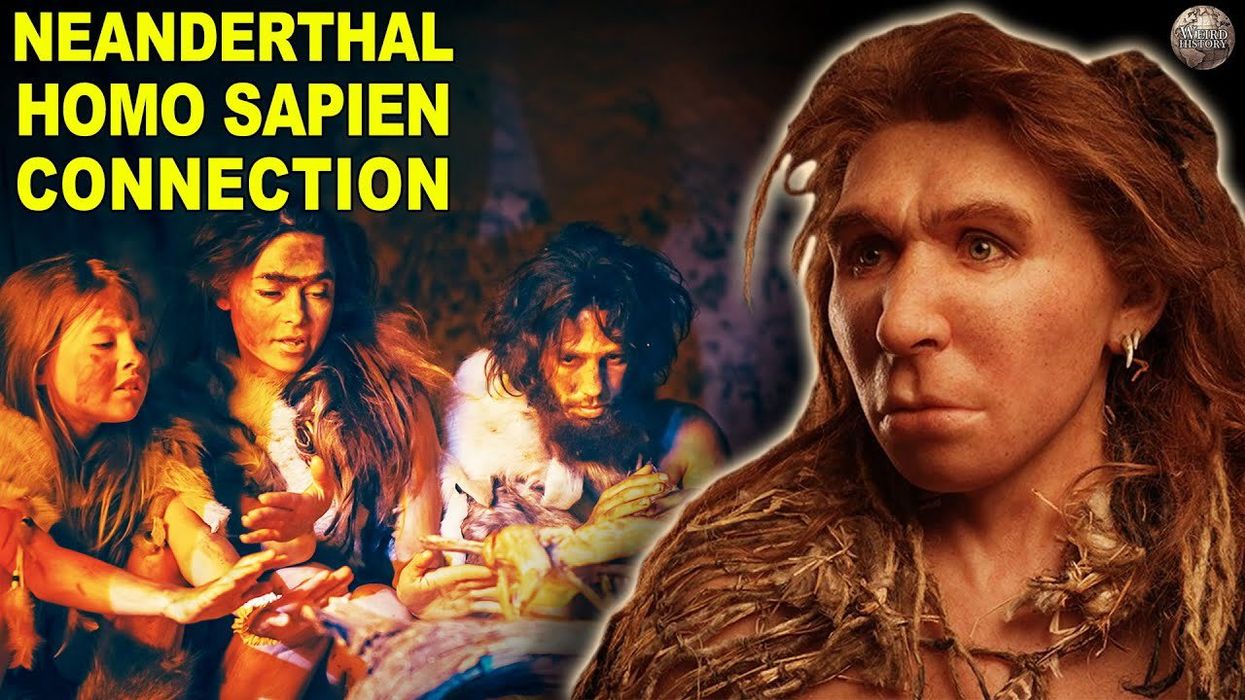Science & Tech
Gregory Robinson
May 29, 2025
Did Homo Sapiens Really Mate With Neanderthals?
Ranker Inc. / VideoElephant
The oldest full fingerprint has been found, shedding new light on our understanding of Neanderthals.
The fingerprint was left on a rock that was recently discovered in the San Lázaro rock shelter in Segovia, Spain and the “strategic position” of the print suggests that the species was capable of making art. Scientists have evidence that this area was once heavily populated by Neanderthals.
The rock on which the fingerprint was left 43,000 years ago resembles a face, according to the experts, and is therefore further proof that Neanderthals exhibited “symbolic behaviour”, or the ability to think about things in an abstract way.
A Neanderthal man is believed to have put red pigment, the red mineral ochre, on his finger to paint a nose on the pebble. The rock is around 15 centimetres (6 inches) long and has what could be interpreted as eyebrow-shaped indentations and a mouth, with the red dot serving as the nose in the middle.


"This find represents the most complete and oldest evidence of a human fingerprint in the world, unequivocally attributed to Neanderthals, highlighting the deliberate use of the pigment for symbolic purposes," Spain's National Research Council (CSIC) shared in a translated statement.
The study was published 5 May in the journal Archaeological and Anthropological Sciences and describes the discovery of the rock in 2022.
Scientific evidence suggests modern humans and Neanderthals interbred and some Neanderthal DNA is still present in many people today. Neanderthals became extinct around 40,000 years ago, and although we don't have a definitive answer for why they vanished, a combination of factors is widely believed to have contributed to their demise. These include competition with Homo sapiens, climate change, and possibly, interbreeding with Homo sapiens.
Why not read:
- Tibetan Plateau residents show how humans are still evolving today
- Scientists reveal 'hidden chapter' in human evolution - and it's changed everything we know about our history
Sign up for our free indy100 weekly newsletter
How to join the indy100's free WhatsApp channel
Have your say in our news democracy. Click the upvote icon at the top of the page to help raise this article through the indy100 rankings
Top 100
The Conversation (0)














